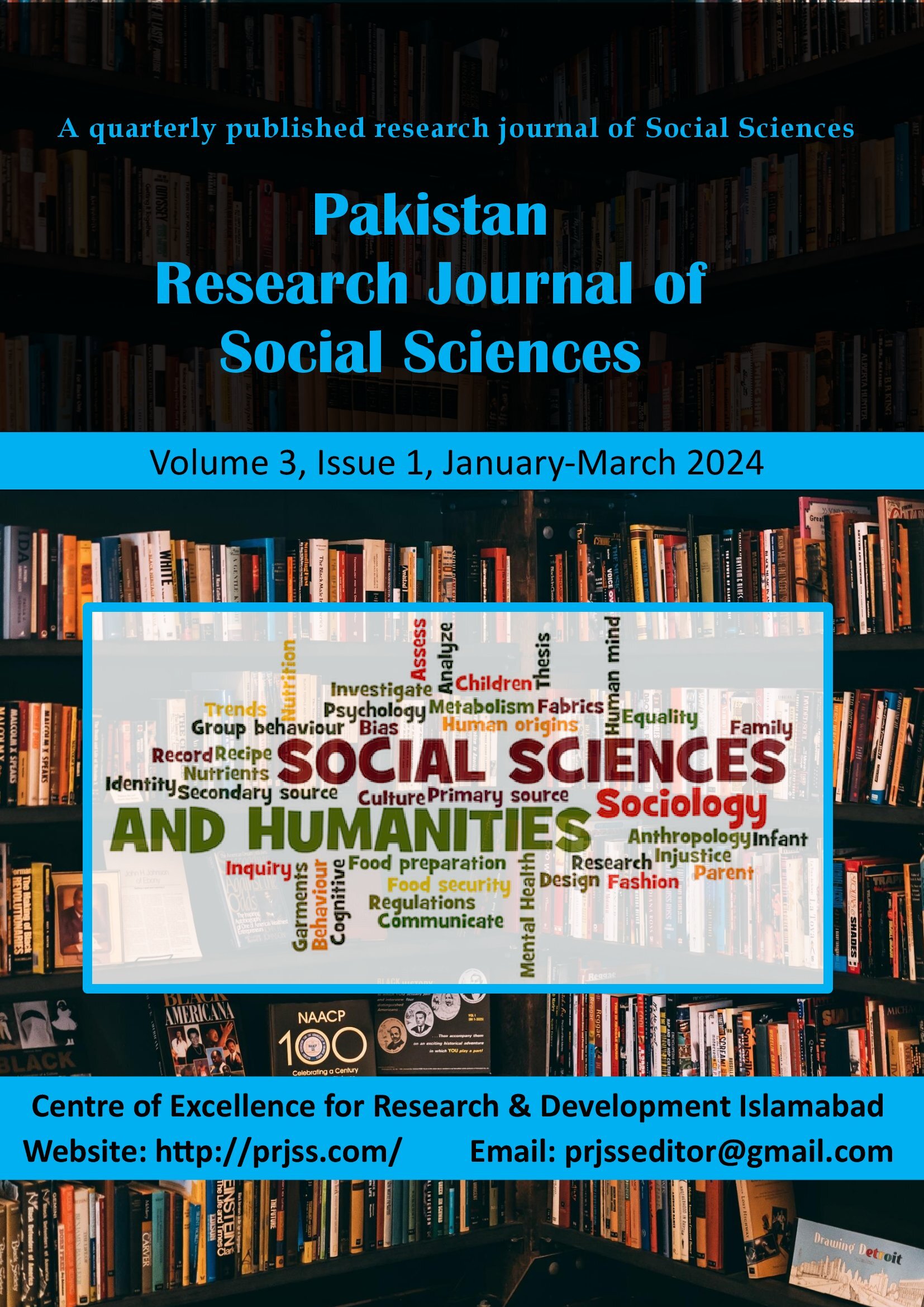Comparative Analysis of Fiscal Instrument and Economic Growth in Pakistan
Keywords:
Defense Expenditures, Gross Domestic Product, Direct Tax, Lump-sum Tax, Working Population and Trade to GDP ratio, JEL Classification: E62, D63. C32, E62, H27, H30Abstract
This research investigates the role of fiscal instruments on the economic growth in Pakistan by using the dataset from 1986 to 2022. Various time-series estimation methods are employed to establish the connection among the selected variables. For unit root, the Augmented-Dickey Fuller (ADF) test revealed that all the variables become stationary at the level when the intercept and trend included. The Co-integration, likelihood method, and Vector Error-Correction Model (VECM) are used for long and short run relationship among the variables. The results show a positive association between GDP, direct taxes, and lump sum tax in the short term, as revealed by two co-integration equations and VECM. Moreover, the causality test concludes that GDP is not caused by defense expenditure. These findings suggest that the government of Pakistan should adopt a comprehensive fiscal policy to achieve effective outcomes and promote economic stability.
JEL Classification: E62, D63. C32, E62, H27, H30.












